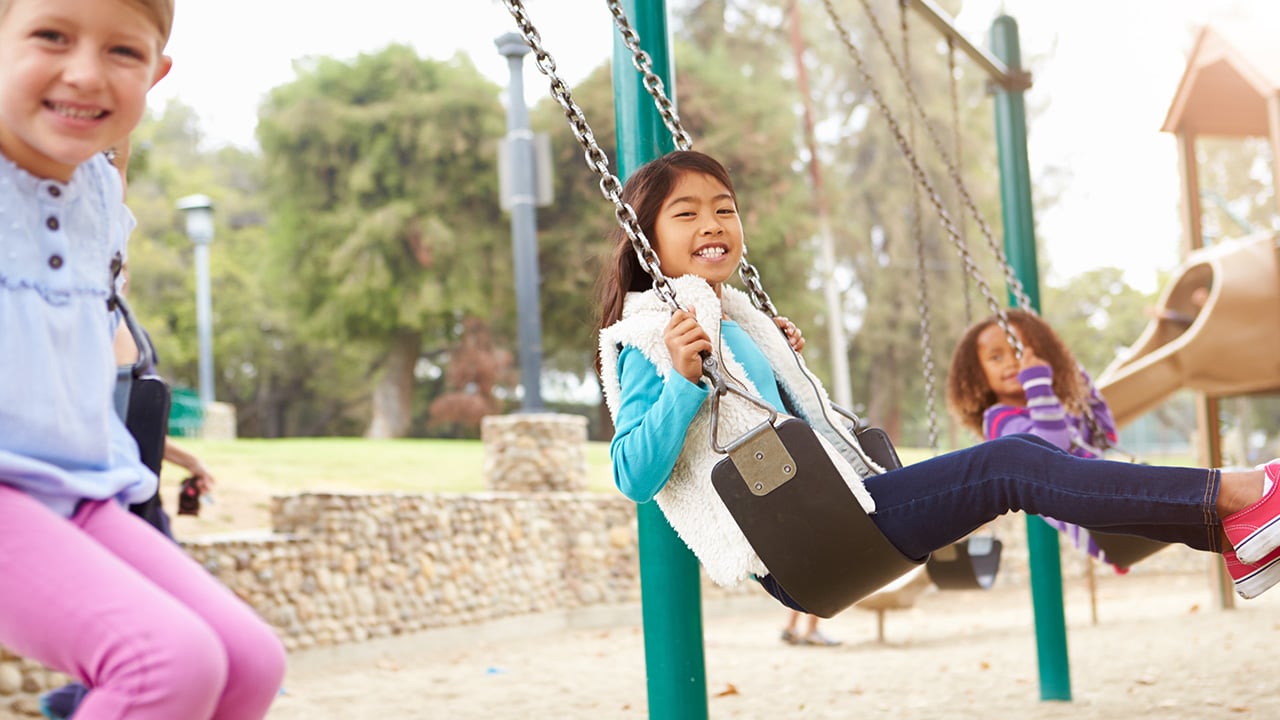- Doctors & Departments
-
Conditions & Advice
- Overview
- Conditions and Symptoms
- Symptom Checker
- Parent Resources
- The Connection Journey
- Calm A Crying Baby
- Sports Articles
- Dosage Tables
- Baby Guide
-
Your Visit
- Overview
- Prepare for Your Visit
- Your Overnight Stay
- Send a Cheer Card
- Family and Patient Resources
- Patient Cost Estimate
- Insurance and Financial Resources
- Online Bill Pay
- Medical Records
- Policies and Procedures
- We Ask Because We Care
Click to find the locations nearest youFind locations by region
See all locations -
Community
- Overview
- Addressing the Youth Mental Health Crisis
- Calendar of Events
- Child Health Advocacy
- Community Health
- Community Partners
- Corporate Relations
- Global Health
- Patient Advocacy
- Patient Stories
- Pediatric Affiliations
- Support Children’s Colorado
- Specialty Outreach Clinics
Your Support Matters
Upcoming Events
Colorado Hospitals Substance Exposed Newborn Quality Improvement Collaborative CHoSEN Conference (Hybrid)
Monday, April 29, 2024The CHoSEN Collaborative is an effort to increase consistency in...
-
Research & Innovation
- Overview
- Pediatric Clinical Trials
- Q: Pediatric Health Advances
- Discoveries and Milestones
- Training and Internships
- Academic Affiliation
- Investigator Resources
- Funding Opportunities
- Center For Innovation
- Support Our Research
- Research Areas

It starts with a Q:
For the latest cutting-edge research, innovative collaborations and remarkable discoveries in child health, read stories from across all our areas of study in Q: Advances and Answers in Pediatric Health.


Body Positivity: How to Help Kids Build a Healthy Self-Image

Body positivity is the belief that one’s body is inherently valuable and beautiful. It’s especially important for children and teens to have body positivity, because they're still learning their place in the world.
However, we live in a society that can make it hard to accept our bodies as they are, and many children begin scrutinizing their bodies at a young age.
Despite this, there are many things you can do to help your child develop body positivity. Our pediatric experts share how to overcome barriers to a better body image, and how to support your child on their journey to a healthier relationship with themselves.
Why is body positivity important?
Body positivity challenges the idea that certain body types are more worthy. Instead, this way of thinking insists that all bodies are equally good and deserving of love, and it can greatly impact a child’s mental health and quality of life.
According to Jennifer Hagman, MD, child psychiatrist and medical director of the Eating Disorder Treatment Program at Children’s Hospital Colorado, "Body positivity determines how you take care of yourself, how you interact with others and how you treat yourself.”
Building body positivity at a young age can foster a healthy self-image and boost confidence, which in turn supports mental and physical health throughout life.
“The earlier kids can soak in body positivity and not be their own bully, the better path it leads them down,” Dr. Hagman says. “Life is hard enough without being self-critical.”
Body positivity helps teens build a healthy relationship with themselves. In contrast, lacking body positivity can cause poor self-esteem and, in extreme cases, lead to altered self-perception and disordered eating.
“What really triggers the onset of an eating disorder is body dissatisfaction and poor body image in a particularly vulnerable person,” Dr. Hagman says.
What is body neutrality?
Body neutrality is a sense of appreciation for one’s body and what it can do without associating negative or positive emotions with it.
A person struggling with negative body image may require years of support and treatment before they can feel positive about their body. Still, body neutrality is a step between body negativity and body positivity.
For example, when Dr. Hagman sees a child with an eating disorder, body positivity is the long-term goal. "We first work on identifying the negative voice in their head,” Dr. Hagman says. “Then we try to move towards a more neutral stance with their body — or at least distract from the negative thoughts about it.”
Body positivity in the new childhood obesity guidelines
The link between body image and mental health is especially complicated among children and adolescents living in larger bodies.
“There are ingrained biases against people with obesity,” says Matthew Haemer, MD, associate professor of pediatrics at the University of Colorado School of Medicine. “Recognizing that these biases exist can help us better communicate that a person's value as an individual is not contingent on their body size.”
New childhood obesity guidelines from the American Academy of Pediatrics (AAP) consider such complexities, aiming for a more empathetic and holistic approach to obesity treatment.
“The overall premise for the new obesity clinical practice guidelines from the AAP starts with an understanding of obesity as a complex chronic condition that has lots of contributing factors — environmental, socioeconomic and genetic,” Dr. Haemer says. “It's not a personal choice.”
The guidelines recommend that children's doctors take a comprehensive approach that considers the role of health inequity in childhood obesity. In particular, the AAP spells out the disadvantages caused by weight stigma, racism and adverse childhood experiences, such as living in poverty or having a parent with mental illness.
Using this guide, providers can create a personalized treatment plan that considers the physical, emotional and social factors affecting each child — and their relationship to self-image and self-esteem.
“It's very common that adolescents who are interested in seeking treatment for obesity are doing so because they desire to have a more positive relationship with their body,” Dr. Haemer adds.
Moreover, the guidelines make obesity treatment more about overall health improvement, rather than focusing solely on weight loss or measurements like body mass index (BMI).
"It's important to understand that healthy habits can change and improve chronic disease risk without changing body shape or size,” Dr. Haemer says. “People can be healthy or healthier no matter their body size or BMI.”
How healthy food and movement boosts body positivity
Fresh food and frequent movement are key contributors to body positivity, because when kids understand that they’re making healthy choices, they can feel more accepting of their body regardless of how it compares to others.
Eve Kutchman, an exercise physiologist and prevention education and outreach manager at the Lifestyle Medicine Program at Children’s Colorado, works directly with families to implement personalized meal and exercise planning.
“What I really see as a pivotal part of our work is helping our patients understand that the choices they make about food and nutrition directly impact their mental and physical health,” Kutchman says. “But we also need to understand that some people don't have the opportunity to access healthy foods.”
When families get referred to Lifestyle Medicine, Kutchman and her team work with them to understand their eating habits and health conditions, as well as their barriers, goals and needs. The experts then use this information to provide necessary resources and create a personalized nutrition plan with habits that kids can actually stick to.
Incorporating lifestyle education is essential, because simply providing access to healthy foods isn’t enough. “Have you ever tried to get a kid to eat a fruit or a vegetable that they don't like? It's not just putting it in front of them, but also creating a fun and enjoyable environment around that food,” Kutchman says.
Expert tips for encouraging healthy eating
To help your child and family eat healthier, Kutchman suggests starting small. “If you know that your child loves green beans, and you would like to diversify their palate for vegetables and you're going to introduce broccoli, put a very tiny piece of broccoli on the plate right next to the green beans.”
Then, tell your child that your family is trying a new vegetable. Explain to them what it is and ask them what they think. Encourage your child to explore the food and describe it to better understand what they like or don’t like about it — even if they’re just touching it and aren’t eating it yet.
"A lot of times kids will look at something and their immediate reaction is, ‘Ew, gross.’ Ignore those comments, but praise the good behavior on the interaction,” Kutchman says.
Next time, you can add a little bit more of the broccoli to their plate or try serving it in a different way as you learn their preferences. Positively reinforcing your child’s choices to try new, healthy foods can help them form a more positive relationship with eating healthy, which in turn can boost their self-image.
Ways to get your kids moving
Exercise is also key to body positivity. Research shows that just 30 minutes of exercise can directly improve body image in women, who are more vulnerable to societal body expectations, which often begin in adolescence.
Helping your child increase their physical activity starts with changing their relationship to exercise. “It does not need to be complicated,” Kutchman says. “But since everyone needs more physical activity, we encourage families to exercise together.”
Kutchman suggests picking out activities or games to try, as this can make fitness more fun. Exercising with the whole family also ensures that nobody feels like physical activity is a punishment. Lastly, the most important thing to remember when introducing food and activity changes is that healthy habits take time to develop.
“Start incrementally and don't expect big results right away,” Kutchman says. “Just know that you're in it for a lifetime. This is something that you want to develop throughout your entire life, not just one season.”
Healthy resources for families
If you want to help your kids build a better self-image but need support getting started, there are a number of organizations and free services available:
- Cooking Matters is a nonprofit that helps parents and caregivers learn to cook simple, healthy meals on a budget. Their classes also teach parents how to meal plan, develop shopping skills and navigate food insecurity. Since Cooking Matters partners with local organizations, you can use their search tool to find a branch near you.
- Hunger Free Colorado has statewide resources to help families access healthy food and sign up for the Supplemental Nutrition Assistance Program (SNAP).
- Find a local food bank by searching the directory at Feeding America or visit the Food Bank of the Rockies, which serves families across Colorado and Wyoming.
- You can find additional community resources in Colorado — such as financial assistance, housing needs, medical care and more — through Children's Colorado's Resource Connect.
Social media and body positivity
Social media is a threat to body positivity because it reinforces the idea that certain body types and beauty standards hold more value than others.
“Just being in a culture that has a body ideal or a thin ideal really fosters self-criticism and sets people up for having a negative body image,” Dr. Hagman says.
That negative body image can kickstart a dangerous cycle of seeking information on ways to “fix or change” oneself, and on social media, that idea is only further cemented by algorithms, advertising and filters that further distort reality.
"Once you start going down one road by clicking on or following certain body focused links, your social media feed priorities dieting and you start getting fed all these negative self-image, body-critical feeds that reinforce that way of thinking and drive you to intensify efforts to change how your body looks,” Dr. Hagman says.
The best way to prevent this cycle is to intercept negative messaging before it can reach kids. “Where schools and peers and families can really make a difference is addressing the bombardment of images that don't support body positivity,” Dr. Hagman says.
For parents and caregivers, this may mean limiting access to social media or placing restrictions on reality television and other media they consume. Additionally, it's important to talk to your child about how social media impacts them, which can foster self-monitoring skills. “We want kids to be aware of how social media is impacting them, so they can learn to not do things that make them feel worse about themselves,” Dr. Hagman says.
How parents and caregivers impact a child’s self-image
Parents can play a major role in their child’s self-image by modeling body positivity through their own self-talk.
"Kids notice what parents say about themselves in front of their child, and their own dieting and body-related behavior,” Dr. Hagman says. “We encourage parents to be more self-aware of their own internal narrative and how that might be playing out.”
How parents talk to their children from an early age matters, too. For example, Dr. Hagman suggests that parents don’t talk about things like “baby fat” or “puberty weight.” Additionally, it’s best to refrain from comments about what a child is wearing or how they look in a certain outfit, as this can lead to insecurities.
“Parents’ words are even more hurtful than — or at least equal to — what kids at school might say,” Dr. Hagman says.
Signs that your child might have a poor body image
If you're worried that your child may be developing a negative body image, there are a few things to watch for.
“The main thing parents might notice is kids being really self-critical,” Dr. Hagman says.
Asking for reassurance about their appearance, saying harsh or negative things about themselves, having trouble getting out the door because they don't like what they're wearing or changing clothes multiple times can all be cause for concern.
“Those body-related comments can be really important, and a negative self-image can become pretty obvious if parents are noticing a shift."
If that does happen, talk to your child about how they feel. Also look out for signs of a more serious issue, such as if your child restricts food, wears baggy clothes, refuses to eat at restaurants or takes frequent trips to the bathroom after meals. These could be signs that your child is bingeing, purging or engaging in other dangerous eating behavior. If so, it may be time to contact an expert for help.
No matter where your child is in the body acceptance journey, try your best to remain positive. After all, one of the most important ways a parent can foster positive body image is to be accepting and loving toward themselves, their children and all other people — regardless of the bodies they live in.



 720-777-0123
720-777-0123






